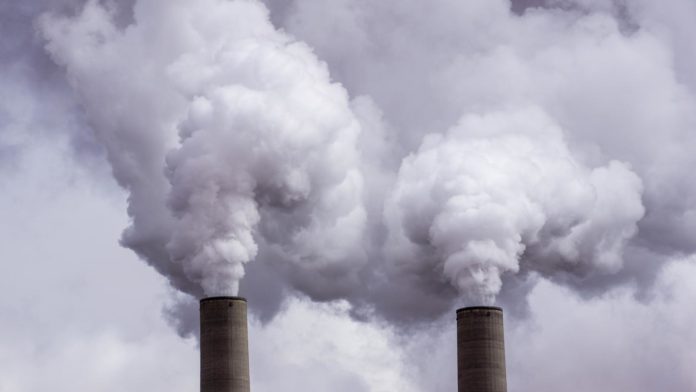
GOLD Fields has budgeted an outlay of $320m as it seeks to reduce emissions 30% by 2030, according to the publication of its environmental, sustainability and governance (ESG) targets today. Including power purchase agreements from independent power producers, the firm’s capital outlay rises to $1.2bn.
Gold Fields CEO, Chris Griffith said that order to reach a 30% reduction target from its 2016 baseline, the company had to achieve a gross reduction of 50% of emissions – from 1.77 million tons (Mt) of carbon dioxide annually to 1.19Mt CO2. This was owing to a planned increase in production to around 2.7 million ounces of gold a year.
The ‘stretch opportunities’ that would be needed to reduce emissions amid this growth included the conversion of South Deep, the firm’s South African mine, to 100% renewable power. Gold Fields announced in May it would build a 40MW solar plant at the mine at a cost of R660m ($42m). Some 50MW of solar power will now be generated at South Deep.
Other initiatives aimed at the 50% reduction in gross CO2 was supplying the firm’s Gruyere mine in Australia with renewable power equal to 78% of its total needs. Tarkwa and Damang in Ghana are also to be supplied with renewable power in terms of the 2030 target.
Gold Fields is hoping to have net emissions by 2050. Every ounce of gold produced emits 400kg of CO2, the company said. Most emissions are defined as Scope 1 and Scope 2 with only 20% of emissions in the Scope 3 category. Griffith said Gold Fields would nonetheless define its Scope 3 targets in 2023.
However, he acknowledged the decarbonisation goal was partly dependent on as yet unproven technology at an industrial scale. “The majority of the reductions are from electricity offsets with proven technology such as solar and wind,” he said in response to a question.
“To crack the overall quantum we nee to rely on new technology,” he said referring specifically to bulk power storage technology. The group would be unsuccessful with its carbon abatement target without having that technology in place.
The company unveiled a host of other targets including gender diversity with the aspiration of having 30% women representation at the company. It also set out a plan for zero mining fatalities. Griffith noted that whilst injuries were still a factor in the workplace the severity of them was declining, suggesting improved work practices.
Gold Fields also said it would spend $325m in capital improving its tailings technology including reducing the number of ‘upstream’ tailings dams to three from the current five in operation (excluding decommissioned installations). Upstream tailings dam technology was blamed for the disasters in Brazil including Vale’s Brumadinho event in which 240 people perished following a dam rupture.
A further $20m would be spent by the group in order to achieve 80% target on recycling water and a 45% reduction in fresh water consumption compared to the firm’s 2016 baseline.










